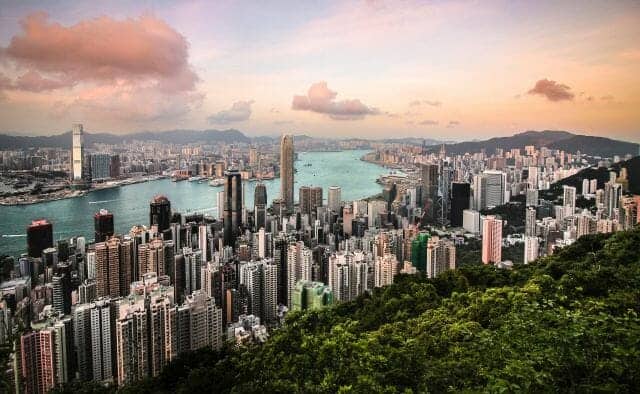Near or far, forests — like this one at the edge of Hong Kong — affect the movement, quality and availability of water in cities. Photo by Florian Wehde/Unsplash
Water is essential to human health and well-being. In cities, leaders strive to provide secure access to clean, safe and affordable water. In rural areas, farmers hope for adequate rain and healthy rivers to produce healthy crops. The coronavirus pandemic reminds us how critical clean water is to health and hygiene, as public health officials have urged frequent handwashing. And yet, the world is on the precipice of a historic global water crisis.
Rising temperatures and extreme weather events associated with climate change continue to pressure water systems and strain urban water infrastructure. Some scenarios suggest that by 2025, as many as 1.8 billion people will face water scarcity.
The situation is dire, but one asset is already at our fingertips: forests.
Within city limits, across local watersheds and even thousands of miles away, forests alter the movement, quality and availability of water. The world’s urban leaders need to account for the role of forests in securing clean water for residents and the agricultural lands that cities rely on.
The connection between cities, water and forests works at three levels: inner forests, nearby forests and faraway forests. Here’s how each one protects water in cities, no matter how far away:
Urban Forests Assist Stormwater Management
Urban water woes are not limited to water scarcity. New research from Aqueduct Floods suggests that flooding has caused over $1 trillion in losses globally since 1980, and cities, often situated near coasts and along rivers, are among the most vulnerable.
As a nature-based solution, urban forests — which include all the trees in an urban area, from street trees to patches of natural and planted forest, as well as the vegetation and soil beneath them — can facilitate […]
Full article: Forests Near or Far Can Protect Water for Cities

